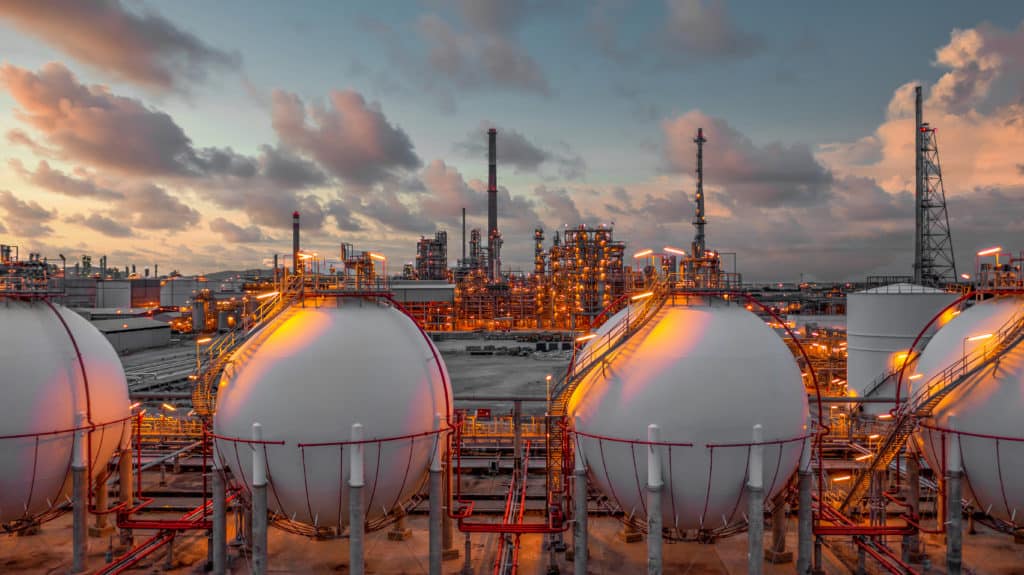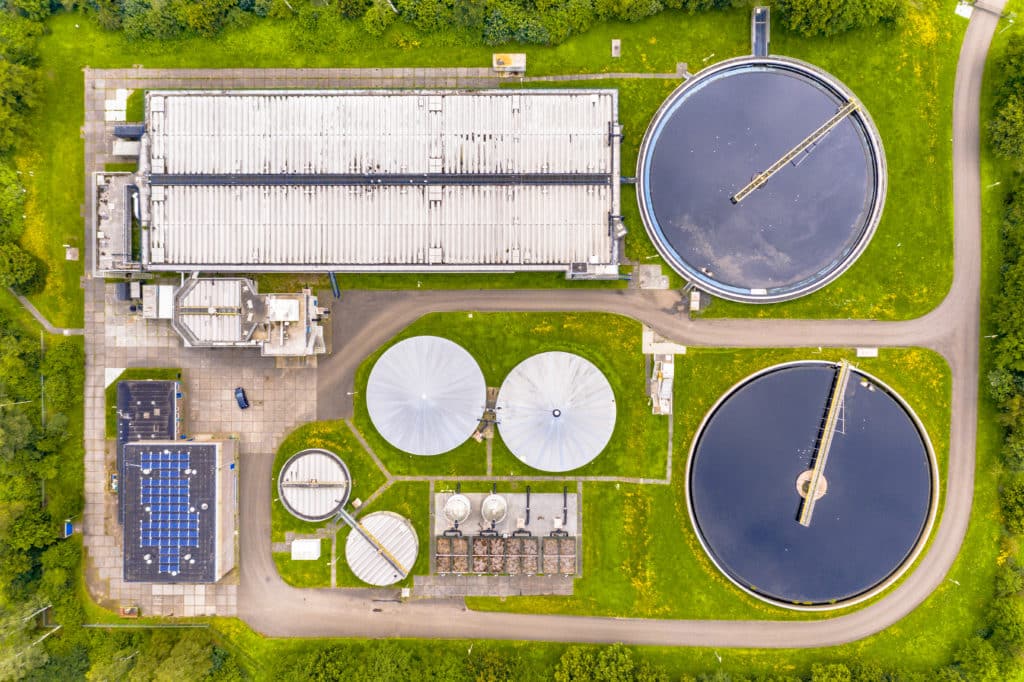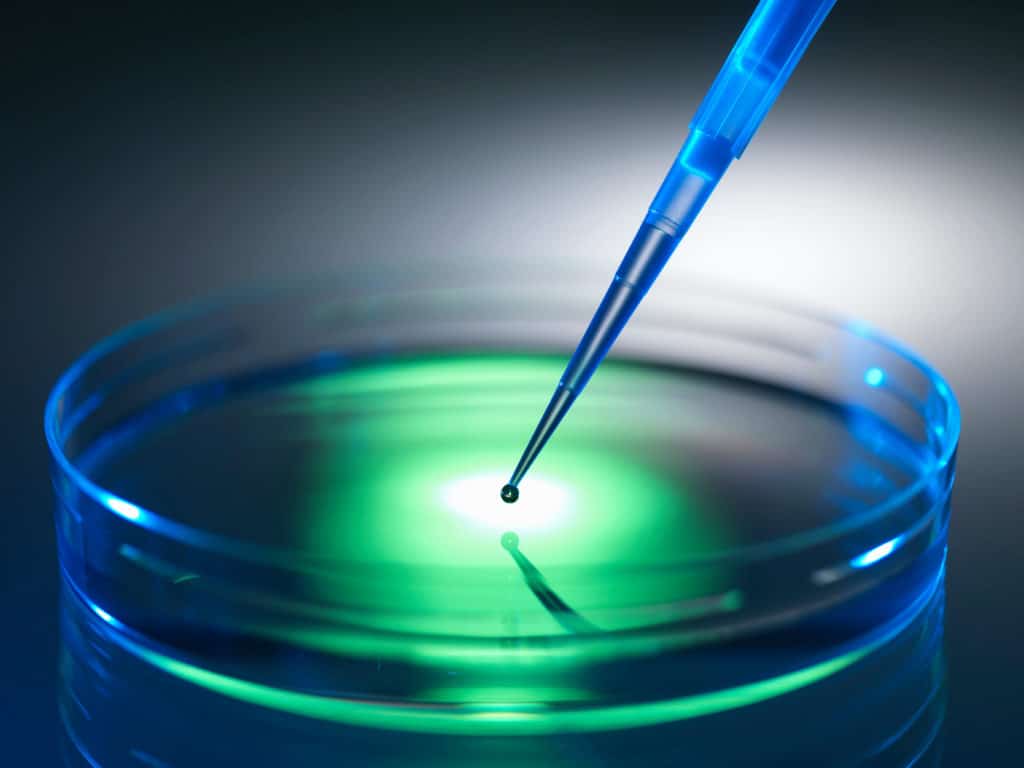Metal Organic Frameworks
Metal–organic frameworks (MOFs) are a class of porous hybrid materials composed of metal clusturs interconnected by organic linkers. Since the 1990s, this material have emerged as an extensive class of crystalline materials with ultrahigh porosity and enormous internal surface areas. These properties, together with the extraordinary degree of variability for both the organic and inorganic components of their structures, make MOFs of interest for potential applications in clean energy, most significantly as storage media for gases such as hydrogen and methane, and as high-capacity adsorbents to meet various separation needs. Additional applications in membranes, thin- film devices, catalysis, and biomedical imaging are increasingly gaining importance. Find our dedicated ligands for MOFs in our catalogue.

Gas Storage and Separation
In the realm of gas storage and separation, MOFs stand out for their exceptional capacity and efficiency, bolstered by their highly tunable porous structures. Their vast surface areas are instrumental for high-density gas adsorption, positioning them as prime candidates for critical applications such as hydrogen storage, methane capture, and carbon dioxide sequestration. The precise adjustability of their pore sizes is also key in the selective separation of gas mixtures, a process integral to refining natural gas and separating industrial air components. Our involvement in the European MOF4AIR project underscores our commitment to these goals, as we collaborate to refine MOF technologies for carbon capture applications. Through MOF4AIR, we’re actively contributing to the development of MOF-based solutions that aim to reduce greenhouse gas emissions, promoting a cleaner and more sustainable environment.
Catalysis
In catalysis, MOFs act as highly efficient catalysts due to the presence of active metal sites and their large internal surface areas. Their tunable pore environments can be engineered to facilitate a variety of reactions, such as organic transformations, with high selectivity and turnover rates. This is crucial for industries ranging from chemical manufacturing to pharmaceuticals, where MOFs can catalyze reactions under milder conditions, thereby reducing energy consumption and environmental impact. Reflecting on our past involvement, the European H-CCAT project, which has now concluded, was a significant endeavor that aimed to leverage the unique properties of MOFs in heterogeneous catalysis, contributing to the advancement of sustainable catalytic processes.


Environmental Remediation
MOFs play a pivotal role in environmental remediation, efficiently absorbing and breaking down pollutants in water and air. Their adaptable structures are specifically tailored to target and capture heavy metals from wastewater, or to degrade stubborn organic pollutants through advanced photocatalytic processes. In water treatment facilities and air purification systems, MOFs are increasingly utilized, demonstrating their critical contribution to environmental clean-up efforts. Their deployment aids in mitigating pollution, protecting natural water bodies and atmospheric quality, and supporting public health and ecological balance.
Biomedicine
MOFs offer innovative solutions in biomedicine, particularly in targeted drug delivery systems. Their porosity enables the precise loading of therapeutic agents, which can then be released in a controlled manner at the disease site. This targeted approach minimizes side effects and enhances treatment efficacy. MOFs are also being explored for their potential in other biomedical applications, such as serving as biocompatible scaffolds for tissue engineering or as contrast agents for imaging. Their adjustable degradation rates and the ability to engineer their interaction with biological molecules make them highly versatile for advanced medical applications, paving the way for more personalized and effective healthcare solutions.

